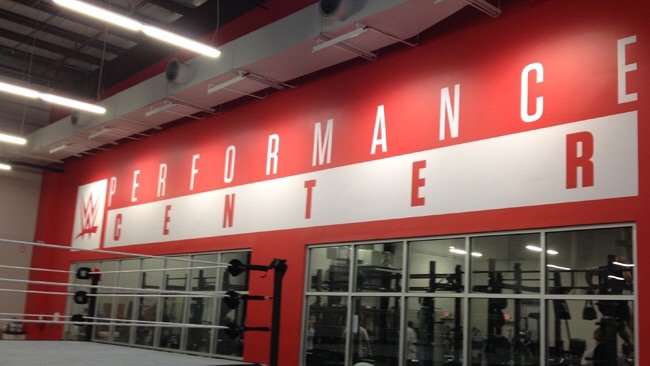The WWE Performance Center in Orlando was opened in July 2013. It was an institute opened up to change the game when it came to developmental in WWE. Throughout WWE history, developmental territories were generally assigned to small-time promotions, where wrestlers would train under rugged conditions. The rings weren’t in the best shape, the interiors of the buildings probably weren’t well-ventilated at all and if you were to ask any wrestler who trained for WWE in the past, the building probably didn’t smell all too good inside as well.
There would always be small spaces in buildings where numerous trainees would grind it out every day in hopes of becoming a big WWE superstar. While they weren’t world class facilities by any means, what they did teach to wrestlers was toughness and the ability to adapt, apart from just the tools it took to make it in WWE. It was certainly a process that would weed out those not cut out for it and it saw WWE produce a lot of larger-than-life superstars that would be main event players of the highest caliber. For example, look at the OVW 4 between 2000 and 2002. That batch alone consisted of a young John Cena, Brock Lesnar, Batista, and Randy Orton.
They didn’t work in big spacious buildings, but in the small space that was OVW. But they managed to succeed at the highest level, each having reached the pinnacle of the business. WWE had actually shifted the territory to FCW in the late 2000s and early 2010s and perhaps the most notable superstars from there were The Shield members, along with being the starting point for women who would change the game, such as Bayley, Charlotte Flair, Paige, Emma, etc.
Around that period, Triple H had taken reign over WWE developmental, using it as a role to prepare him for his eventual takeover of Vince McMahon‘s throne. He completely revamped the system, knowing that WWE needed a major change. So NXT was changed from the game-show to the developmental show. He would then introduce the WWE Performance Center and gave the trainers and scouts a whole new platform to help develop future superstars.
This was also the point where Triple H decided that the training and treatment of women in WWE needed to undergo a major change. Sara Amato, who was already training the women, had a lot more responsibility put on her shoulders, something that only made her thrive. She was responsible for training all the top female stars that we see today, and if you were to ask the women, they’ll tell you the exact same thing. Amato hasn’t been given credit for the Women’s Evolution (nor has she asked for it), but her role in the elevation of female talent is something that has never gotten as much credit as its due.
After the Bill DeMott controversy, she was promoted to assistant head coach, while Matt Bloom stepped up to the plate. The good thing about the coaches is as to just how much experience they have and how they’re able to relate and part their information to the talent. Until his passing in 2015, Dusty Rhodes was the one handling promo classes. Now, you really can’t ask for a better teacher than that!
Either way, the Performance Center opened new doors to a whole new procedure in the operation of developmental. It also provided space for all sorts of other activities to happen, and once it did open, it also saw many athletes from all sorts of different backgrounds come and enter the fray.
WWE has Olympians, kickboxers, MMA fighters, ex-Football players, and people from all walks of life. It’s even helped tremendously with WWE’s global expansions, with tryouts being hosted in regions such as the UAE, India, UK, Germany, Chile and more. A lot more emphasis and prestige was put into the signing of International talent, with signings such as KENTA (Hideo Itami), Fergal Devitt (Finn Balor), Shinsuke Nakamura, Kana (Asuka) and others being treated as major deals.
In fact, when Itami and Nakamura signed, they were undoubtedly treated as the greatest signings in the company’s history. Even top-level independent superstars with acclaim outside WWE started to get signed and train at the Performance Center. Even for those who had a decade and more of experience, the facility still proved to be a helpful one, as they developed several different aspects of their game. Perhaps the success and rise of women can be treated as the greatest success of the Performance Center.
The fact that the women headlined WrestleMania 35 meant that Triple H and WWE’s vision of pushing the women was a resounding success. What many argue against the Performance Center is the lack of megastars created by the institute. That’s not wrong at all, because there hasn’t been anyone in over half a decade who has gone out and reached mainstream levels of success.
However, it may just be a long term process. We’re getting to see the rise of some incredible homegrown talent, such as Patrick Clark (Velveteen Dream) and Bianca Belair, just to name two. The quality of in-ring performers is the highest now that its ever been in WWE history and while there haven’t been any megastars to break out from the PC, it may be a process that does happen at one point of time. Then again, it all depends on WWE’s main marketing of the superstars.





